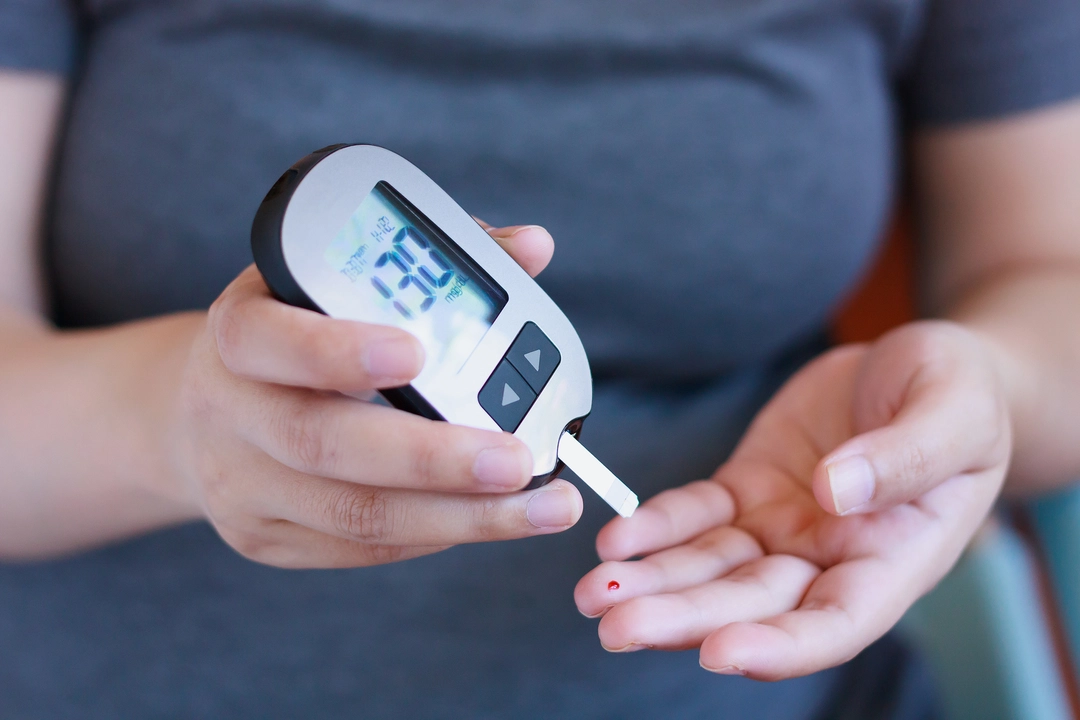Blood Sugar Monitoring: Practical Tips for Accurate Readings
Feeling ok doesn’t guarantee your blood sugar is in range. Regular checks show patterns — not just single numbers — so you can adjust food, meds, or activity before problems start. This guide gives simple, usable steps for testing accurately and acting on results.
How and when to test
Choose a method that fits your needs: a fingerstick glucose meter (cheap and fast) or a continuous glucose monitor (CGM) that reports trends. If you use insulin, CGMs often cut down surprise lows; if you take pills, spot checks before and after meals still help.
Common testing times that give useful info:
- Fasting (first thing in the morning)
- Before meals to set a baseline
- 1–2 hours after meals to see the meal impact
- At bedtime and during the night if you have hypoglycemia risks
- Whenever you feel symptoms like shakiness, sweating, confusion
Try to be consistent. Testing the same way each day makes trends easier to spot.
Get accurate readings — simple tricks
Small mistakes cause wrong numbers. Do this to avoid them: wash and dry your hands before a fingerstick; cold or dirty fingers give low or noisy results. Warm your hands if circulation is poor. Use the meter and test strips that your clinic recommends and check the expiration date on strips.
CGM tips: place the sensor where your clinician suggests, keep the transmitter clean, and update the app and firmware. Some drugs and high-dose supplements can interfere with certain meters or sensors — mention all medications to your care team.
Record context with every reading: what you ate, medication doses, exercise, stress, and illness. A 130 mg/dL after a big carb meal means something different than the same number after skipping breakfast.
Don’t obsess over single numbers. Look for patterns over days and weeks. If your averages are drifting up or you see repeated lows, adjust before it becomes a crisis. Share logs or screenshots with your clinician; a well-timed change in dose or meal timing often fixes trends quickly.
When in doubt, call your healthcare team. If you get very high readings (e.g., consistent values above your target) or symptoms of very low sugar, seek urgent advice. For device choices and reliable supplies, UniversalDrugstore.com can point you to options and basics about meters, CGMs, and test strip safety.
Monitoring gets easier with a routine. Test the smart times, avoid common errors, and use the data to make small, practical changes that add up to better control.
The Importance of Regular Blood Sugar Monitoring for Diabetics
As a diabetic, I cannot stress enough the importance of regular blood sugar monitoring. Keeping a close eye on our blood sugar levels helps us maintain better control over our diabetes, which in turn prevents complications and improves overall health. By monitoring regularly, we can make informed decisions about our diet, exercise, and medication, ensuring that we are effectively managing our condition. Additionally, it allows us to quickly identify any sudden changes or trends and take appropriate action. In short, regular blood sugar monitoring is a crucial aspect of managing diabetes and living a healthy life.
Read More





